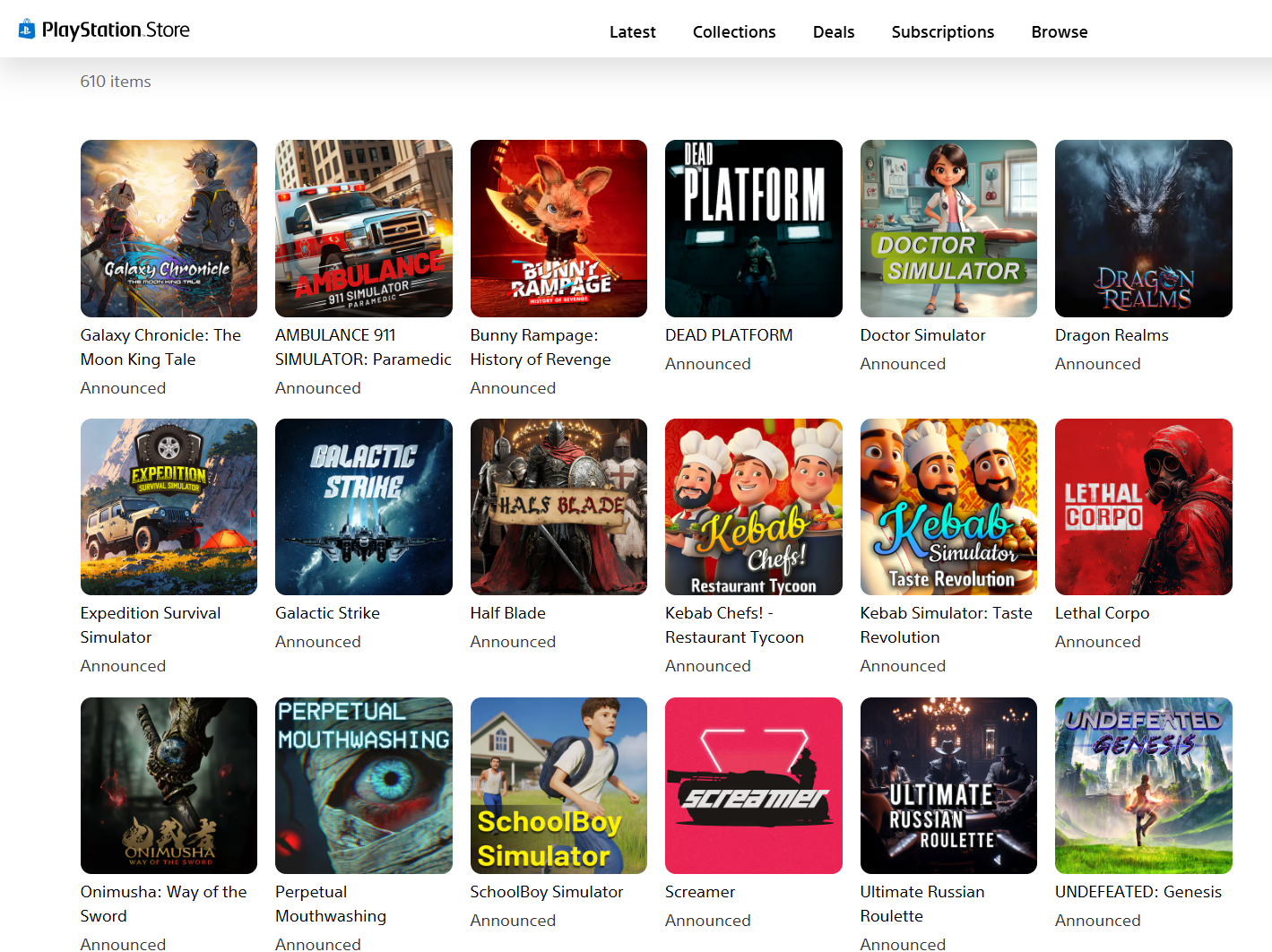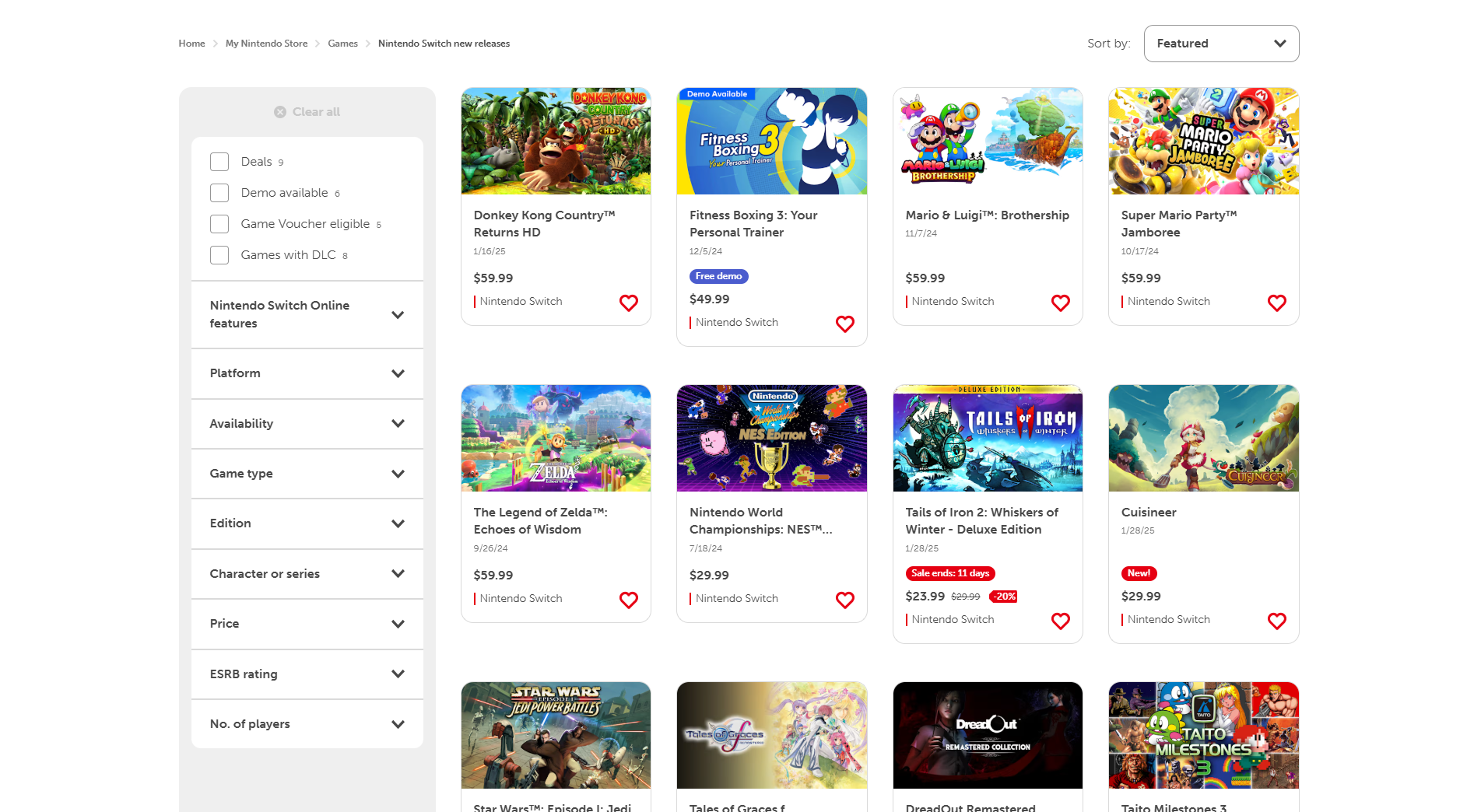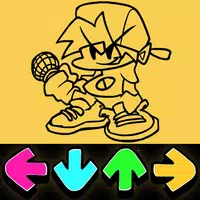The PlayStation Store and Nintendo eShop are experiencing an influx of low-quality games, often described as "slop," raising concerns among users. These games, frequently simulation titles, utilize generative AI for misleading marketing materials and often bear striking resemblance to popular titles, sometimes even directly copying names and concepts. This issue, initially more prominent on the eShop, has recently spread to the PlayStation Store, particularly impacting the "Games to Wishlist" section.
The problem transcends simple "bad" games; it's a deluge of similar, poorly made titles overwhelming legitimate releases. These games often feature janky controls, technical issues, and limited gameplay, failing to match their advertised appearances. Furthermore, a small number of companies appear responsible for this mass production, often operating with limited public information and even changing company names to avoid accountability, as highlighted by YouTuber Dead Domain's investigation.
Users are demanding increased storefront regulation, especially given the eShop's already struggling performance. To understand the situation, we investigated the game release process across Steam, Xbox, PlayStation, and Nintendo Switch.
The Certification Process: A Closer Look
Interviews with eight game development and publishing professionals (all requesting anonymity) revealed insights into the game release process. Generally, developers must pitch to platform holders (Nintendo, Sony, Microsoft, or Valve), gain access to development portals, and complete forms detailing game specifications. "Cert" (certification) then verifies technical compliance with platform requirements, legal compliance, and ESRB rating accuracy. While Steam and Xbox publicly list their requirements, Nintendo and Sony do not.
A common misconception is that certification equates to quality assurance. It does not; developers are responsible for pre-submission QA. Platforms primarily verify code compliance with hardware specifications. Rejection often provides limited feedback, with Nintendo cited as particularly opaque in its rejection reasons.
Store Page Review: A Varied Approach
Platform holders require accurate game representation in screenshots, but enforcement varies. While Nintendo and Xbox review all store page changes, PlayStation performs a single check near launch, and Valve reviews only the initial submission. Diligence in verifying the accuracy of store page information against the actual game is inconsistent, with a "forgiveness, not permission" approach often employed. Consequences for inaccurate representations typically involve removal of the offending content, not necessarily developer penalties.
Importantly, none of the three console storefronts have explicit rules against using generative AI for game assets or store page materials. Steam, however, requests disclosure of generative AI use in its content survey.
Why the Disparity?
The differences in storefront "slop" levels stem from several factors. Microsoft's game-by-game vetting process, unlike Nintendo and Sony's developer-based approach, makes it less susceptible to mass low-quality releases. Xbox's hands-on approach and high standards for store pages contribute to its cleaner storefront. Nintendo's developer-based approval process, combined with its lack of stringent store page review, allows for easier exploitation. A strategy of rapidly cycling short-term discounts maximizes visibility on the eShop's "New Releases" section. PlayStation's "Games to Wishlist" sorting by release date exacerbates the issue, prioritizing games with distant release dates.
Steam, despite its own discoverability issues, avoids the same level of user frustration due to its robust search and filtering options and the sheer volume of new releases constantly refreshing its pages. Nintendo's unfiltered "New Releases" section contributes significantly to the problem.
The Path Forward: Challenges and Concerns
Users are demanding action, but platform holders have not yet responded publicly. Developers express pessimism regarding Nintendo's responsiveness, though some hope the Switch 2's eShop might improve. Sony has taken action against similar issues in the past, suggesting potential future intervention. However, overly aggressive filtering, as demonstrated by Nintendo Life's "Better eShop" attempt, risks unfairly penalizing legitimate games. Concerns exist that stringent regulation might inadvertently target quality software. Ultimately, the human element in reviewing submissions, coupled with the difficulty of distinguishing between genuinely bad games and deliberate scams, complicates the issue. Platform holders are navigating a complex balance between allowing creative freedom and preventing the proliferation of low-quality, misleading content.








